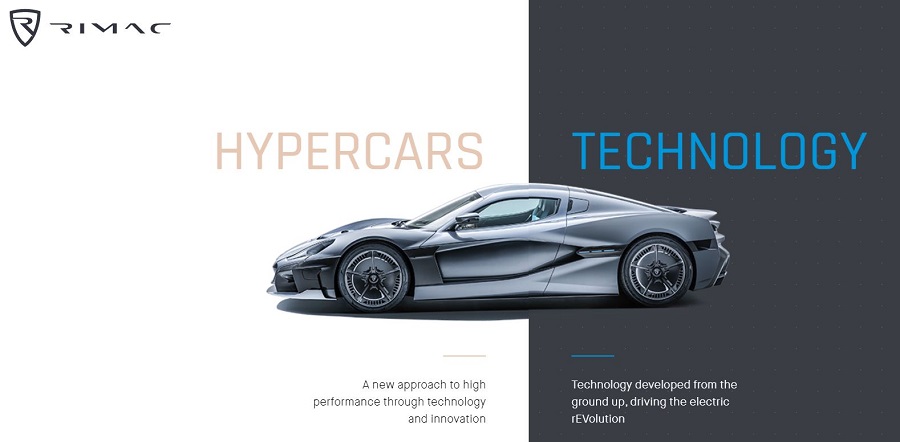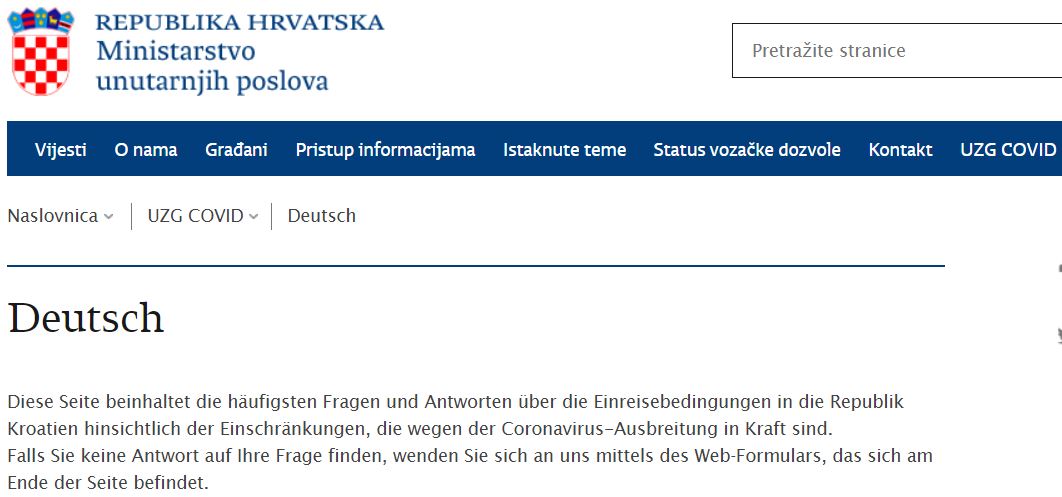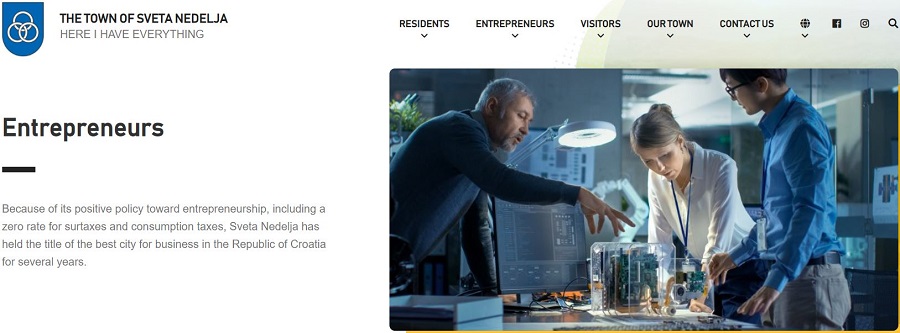September 30, 2020 - The user experience of official Croatian websites for non-Croatian speakers can be very frustrating. So who is taking its foreign visitors seriously?
One of the realities about being a blogger in Croatia and writing for TCN is that I have spent far more time than is healthy over the last decade on official Croatian websites in search of information that simply was not available in English - and often, even in Croatian.
Official Croatian websites are an interesting sub-species, and in many ways they give a great insight into the mentality and mindset of the authority that they represent. A mindset which - albeit it very slowly - is beginning to change.
I have lost count of the number of local tourist boards, for example, whose websites exist only in Croatian. Never mind that the point of the website is to provide information to the end-user - the non-Croatian-speaking tourist. Providing an English version is above and beyond the call of duty. Some official websites do have an English version, which once uploaded, is then never updated. A website has been created - tick. An English version (usually much smaller) has been created - tick. And then things are forgotten. Never mind the needs of the end-user. Things then stay the same for years, so much so in fact that ministries can even enter 2020 with the fax machine as their main tool of communication.
I heard a story earlier this year about Mate Rimac and the Rimac Automobili website, which to this day is in English only. When the site first went live, the story goes, Rimac was criticised for not having a Croatian version of the site. The alleged reply is that his market was the world, not the 4 million people living in Croatia - he was engaging with his desired audience.
This is something that has been missing (and continues to this day) in most of the approaches of official Croatian websites, where the relevant authorities seem to have a mindset that a website is less an effective tool of communication with its audience, and rather a chore to be completed to tick off the box.
Things are changing, albeit very slowly, and if you look hard, you can see some seeds of mindset change taking place, even in places where you might not suspect it.
With all my dealings with official Croatian websites this year, the clear winner for me - and this may surprise people - is without question MUP and the Croatian Border Police for their excellent handling of the corona crisis.
In addition to the 21.7 years of waiting that the Enter Croatia form - available in 11 languages - saved at Croatia's borders in the first three months, MUP produced a comprehensive information section on all you needed to know, with regularly updated FAQs. In THREE languages - Croatian, English and German. While the Ministry of Tourism was ordering more fax paper to deal with its incoming faxes, MUP was providing a service-oriented approach directly meeting the needs of its end users. If there is an award for official communication during the corona crisis, I sincerely hope that MUP wins it. Having been heavily involved in the information flow since February, I cannot overexaggerate the outstanding role they played.
Of course, one of the benefits of providing what the customer needs online is that you then don't have use resources to provide the same information to users phoning and emailing for the information. By meeting the needs of the end-user on the website, you have more time to deal with your other tasks. In a commercial mindset, that makes complete sense, but much of Croatian officialdom is far away from that mentality and mindset at the moment.
But it is changing.
Last weekend was a real eye-opener for me, as the family and I spent a weekend at arguably Croatia's most progressive town, Sveta Nedelja (coincidentally - or is it? - the home of the Rimac revolution). You can read about our visit to the many successful businesses in the town here, but one of the many things that caught my eye that weekend was the official Sveta Nedelja website. This little town of 20,000 people had what almost no other local authority has in all Croatia - not only a website in no less than three languages (Croatian, English and German), but also one which is filled with user-friendly advice which not only informs but also gives the impression that it wants you to visit, to invest. As the town's English slogan suggests - Here I Have Everything.
A local authority which is engaging with its end user.
Sveta Nedelja is actively courting new business with its transparent administration and tax incentives. The Rimac factor is an obvious pull, as is its superb position just off the motorway and a few minutes from both Zagreb and Slovenia, but many other businesses are moving to the town. And the numbers speak for themselves - 20% more jobs created since 2017 during a global downturn, a 10% population increase since the 2011 census, unemployment at just 3.9% compared to the national average of 9%.
The three languages are one thing, but the quality of the information available is another. In the entrepreneur section, for example, there are comprehensive sections in three languages on the benefits for entrepreneurs, the investment process in Sveta Nedelja, information about communal contributions and utility fees, as well as contact information which includes an invitation to the Mayor's Open Door session on Mondays from 13:00 to 16:30.
I have never really spent much time looking at local authority websites in Croatia, but I was now curious to see how the forward-thinking Sveta Nedelja approach compared with some of the bigger cities.
There was no contest.
Zagreb has a limited English section, which has all the hallmarks of ticking a box. Its introduction is As we enter 2020, Zagreb will become the headquarters of the Presidency of the Council of the EU. There is a promising Press section on the navbar, which turns out to have been created back in 2017 and has absolutely zero content in it apart from some contact details.
With the very notable exception of Rijeka (trilingual in English, Croatian and Italian), none of the other big cities in Croatia have any meaningful foreign language section. Some have created the buttons, but the actual content is minimal to non-existent.
Does any of this matter? Isn't the local authority website primarily for its local residents? Yes, of course it is, but not exclusively. There is more and more foreign interest in the Croatian lifestyle these days, and the introduction of the digital nomad visa will only increase that interest, and some of those will be looking for investment opportunities. But there is another important point here. We live in a global village, with lots of talk of SMART cities and inward investments. The very minimum that a local authority needs to do if they are serious about attracting investment is to make it as easy as possible for any interested parties to get the information they need from Google Search.
We live in a global market, and ticking a box is no longer sufficent if we want to compete. And if we do want to compete, success is possible.
Just ask Sveta Nedelja.





